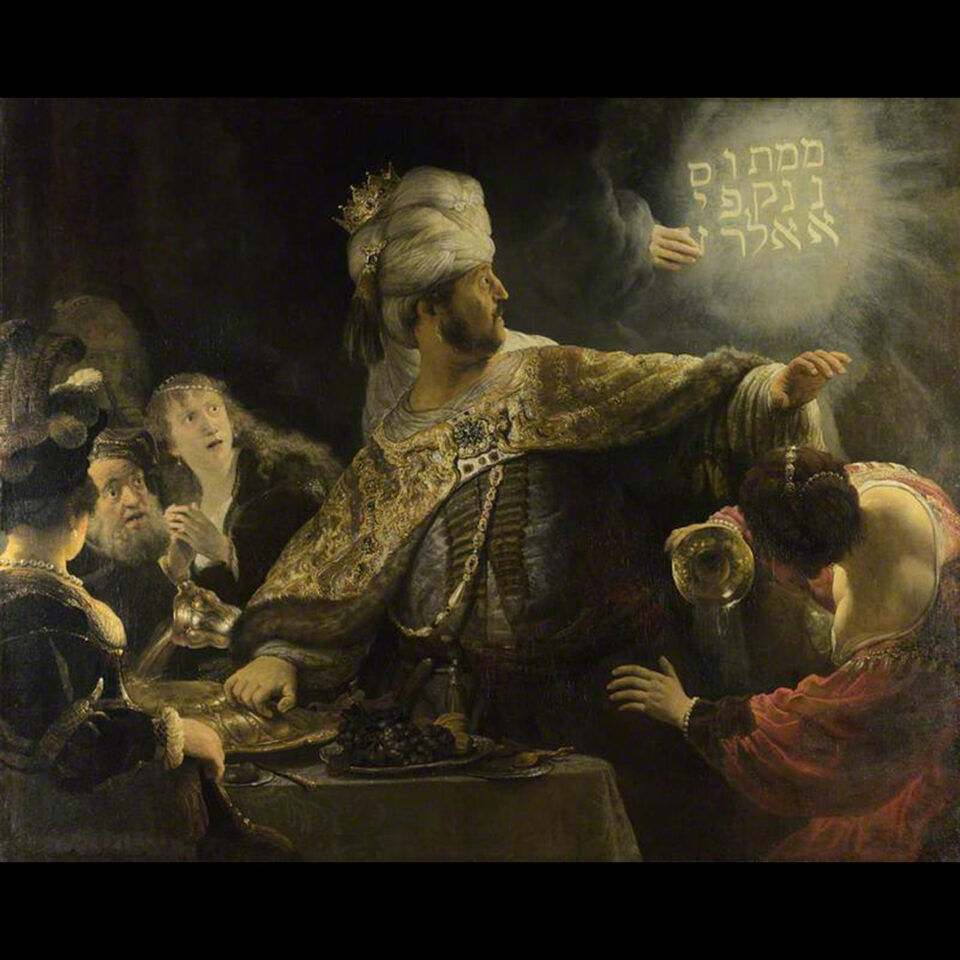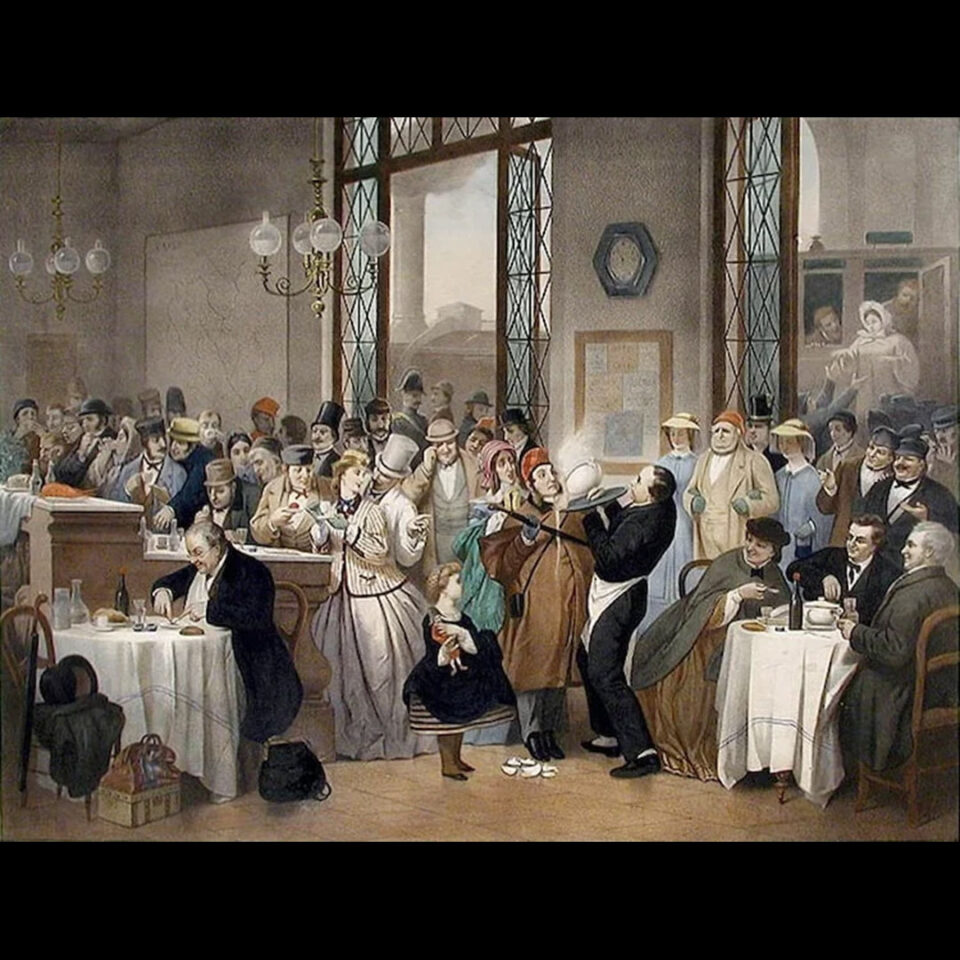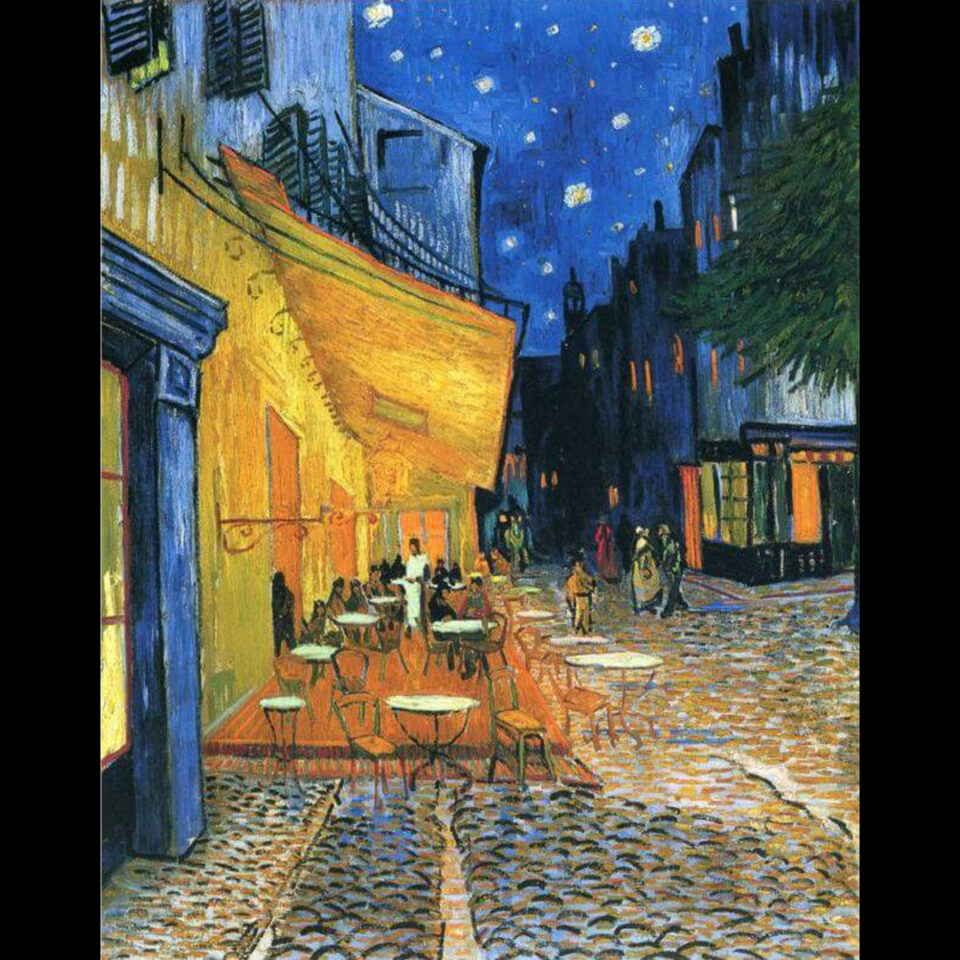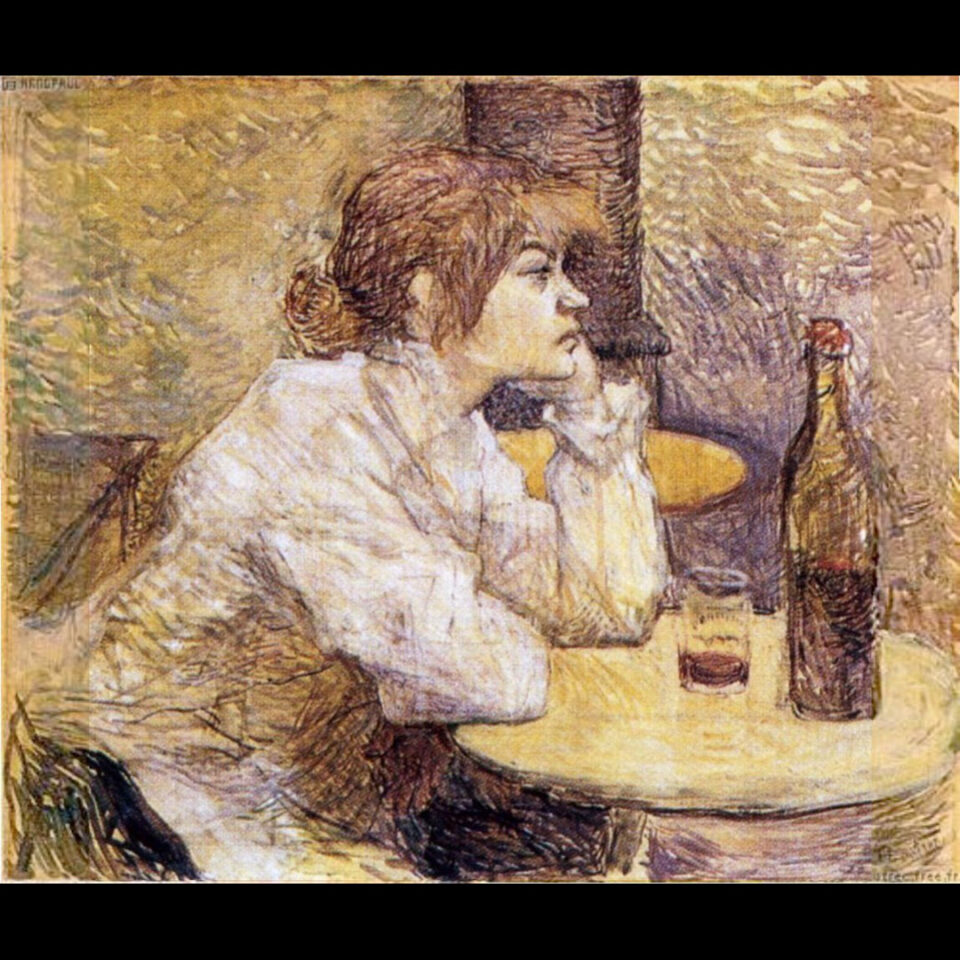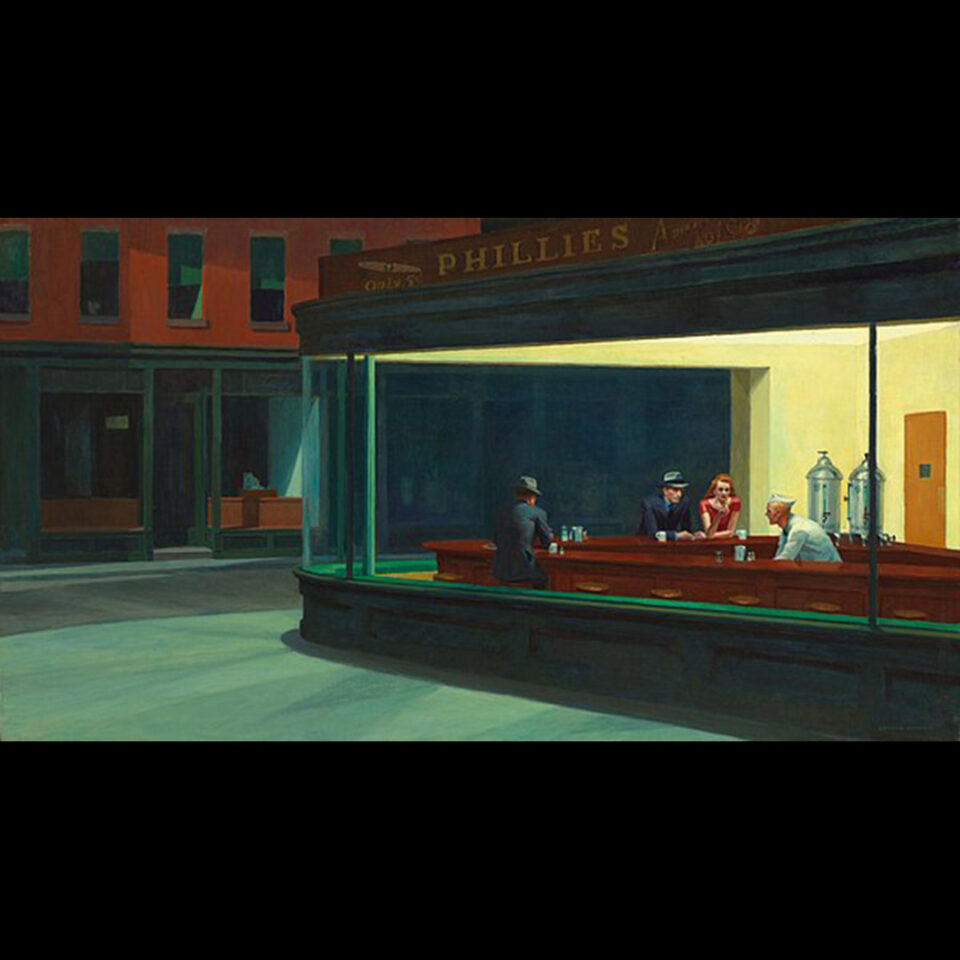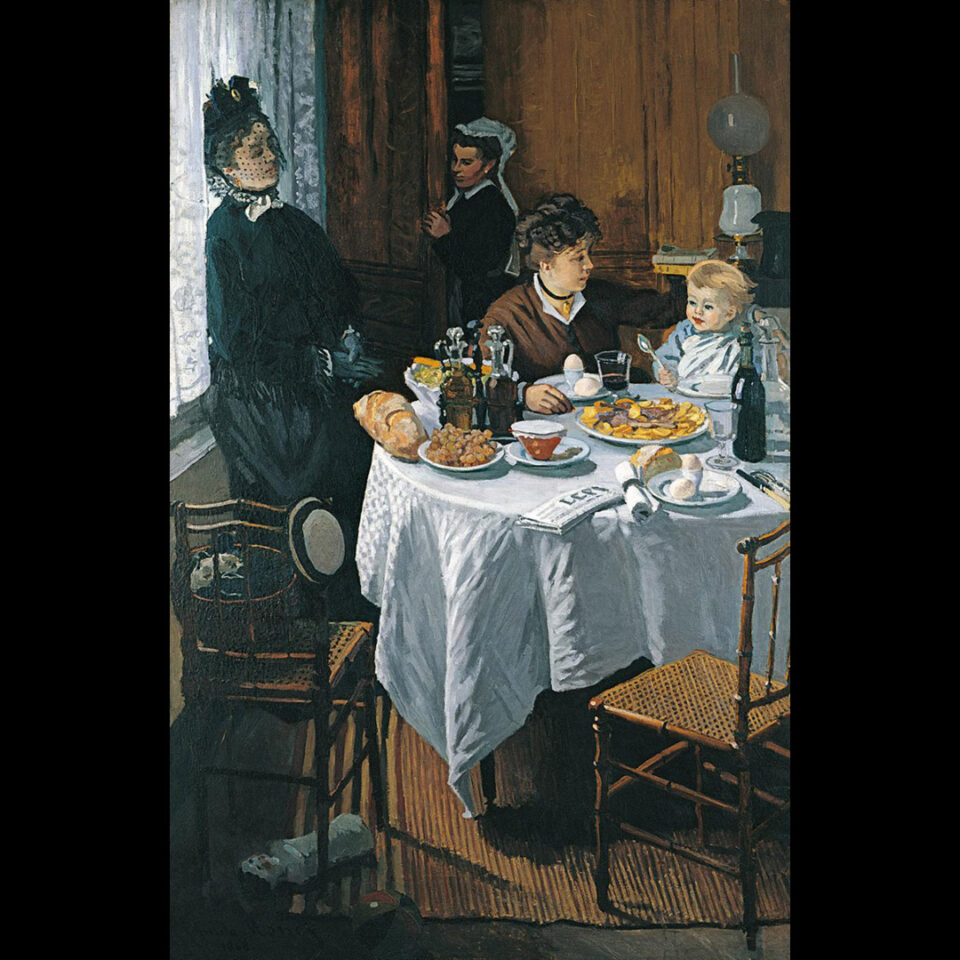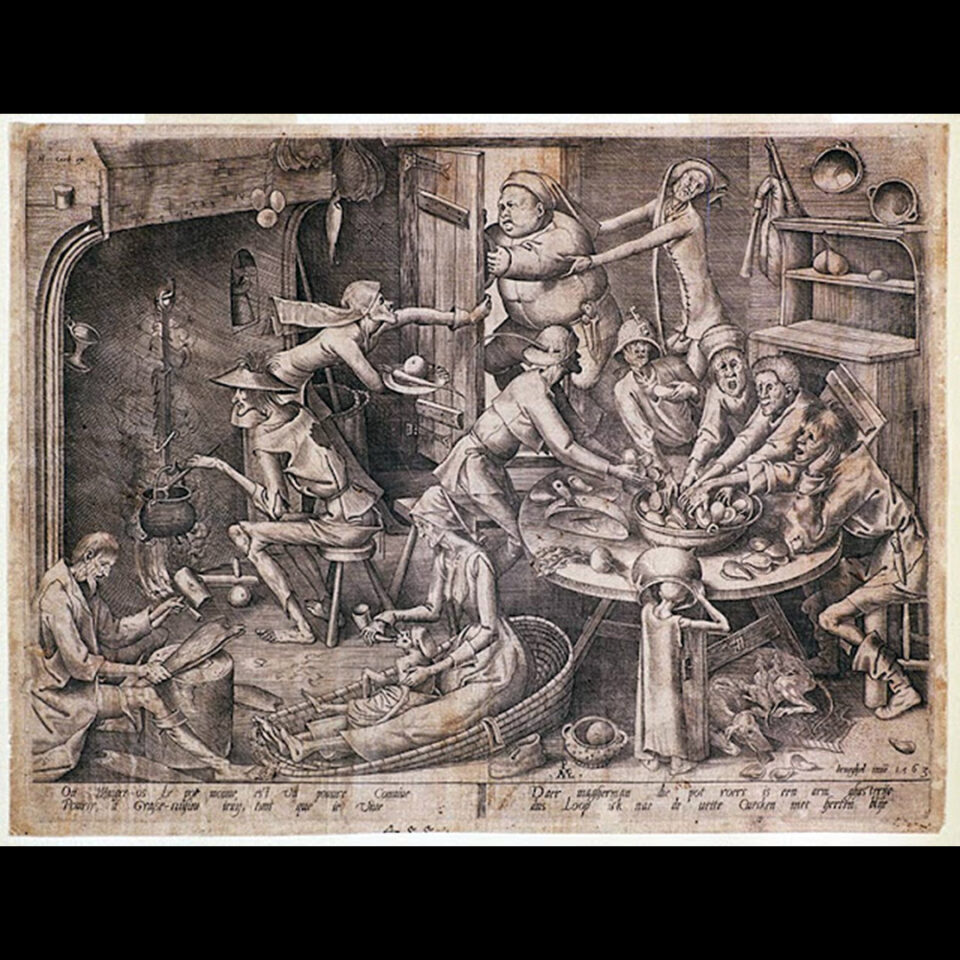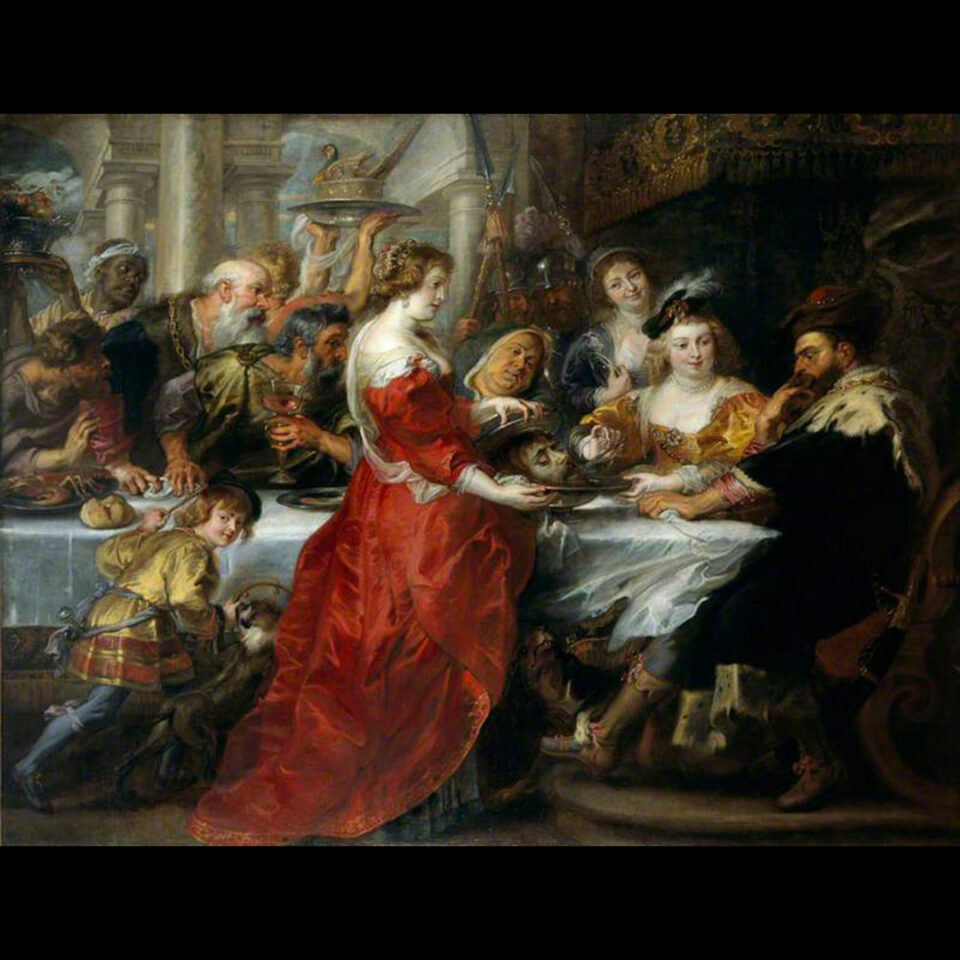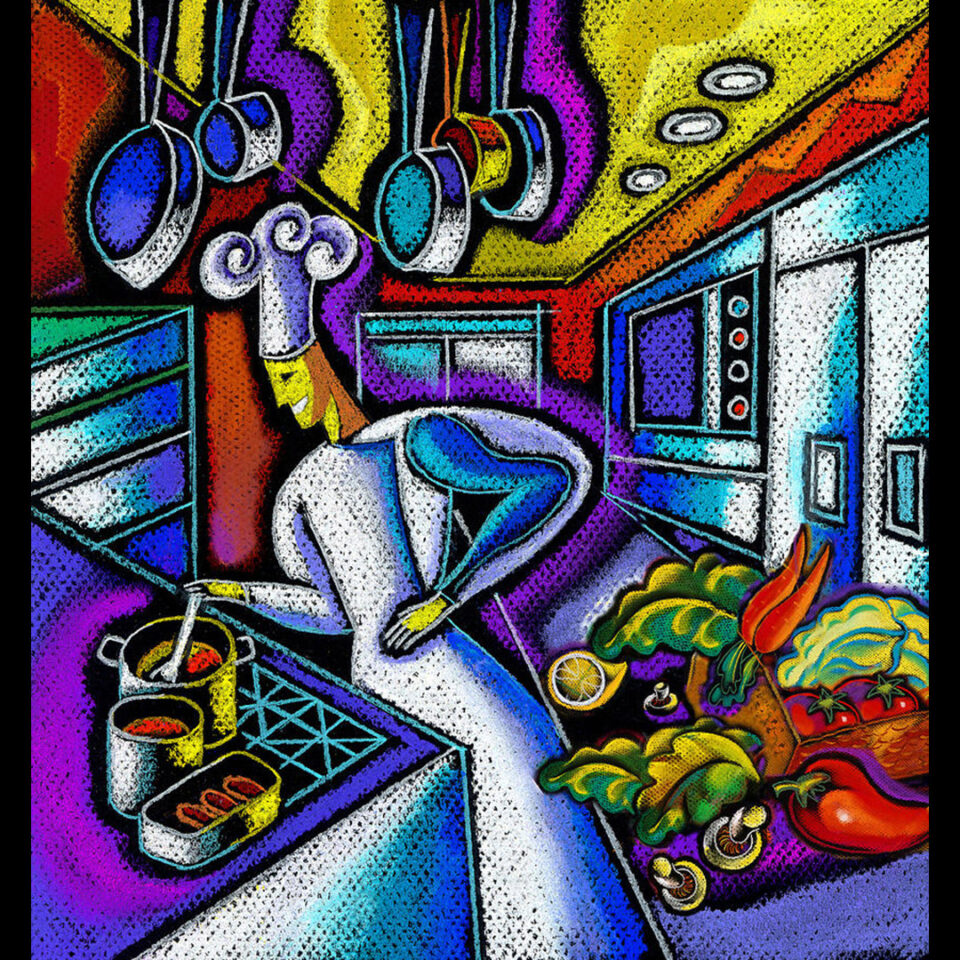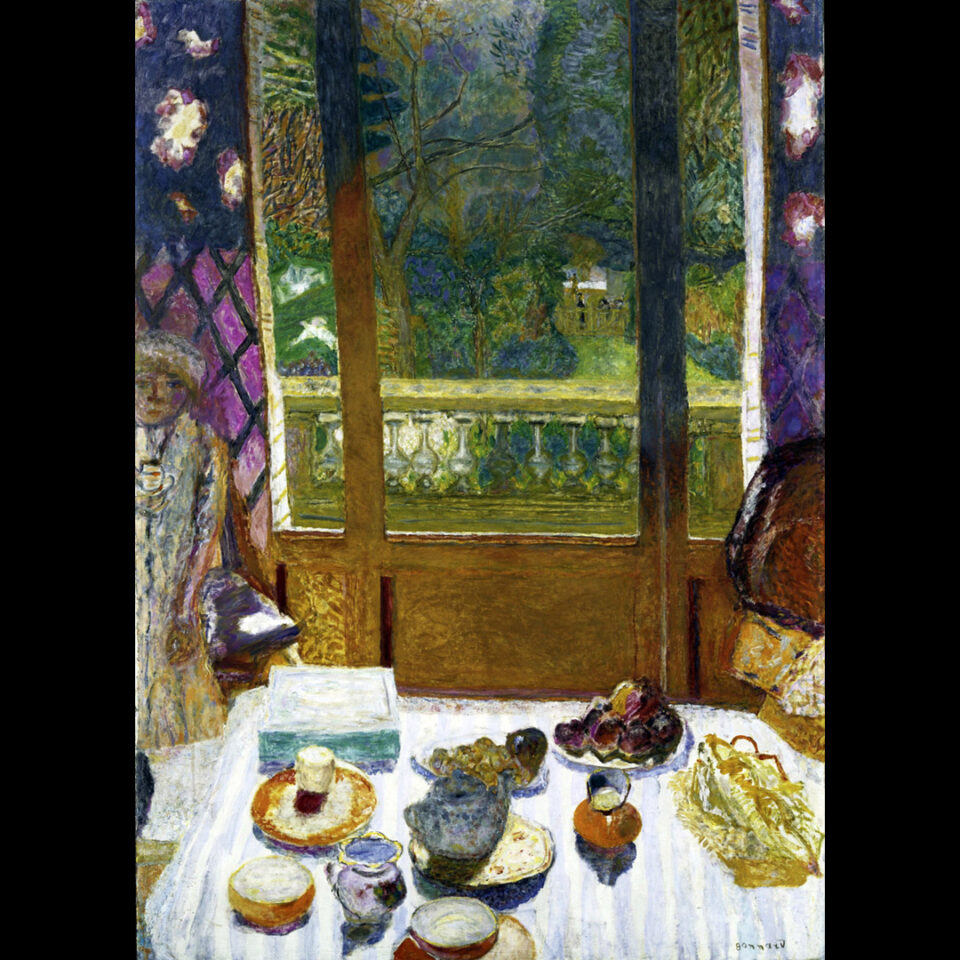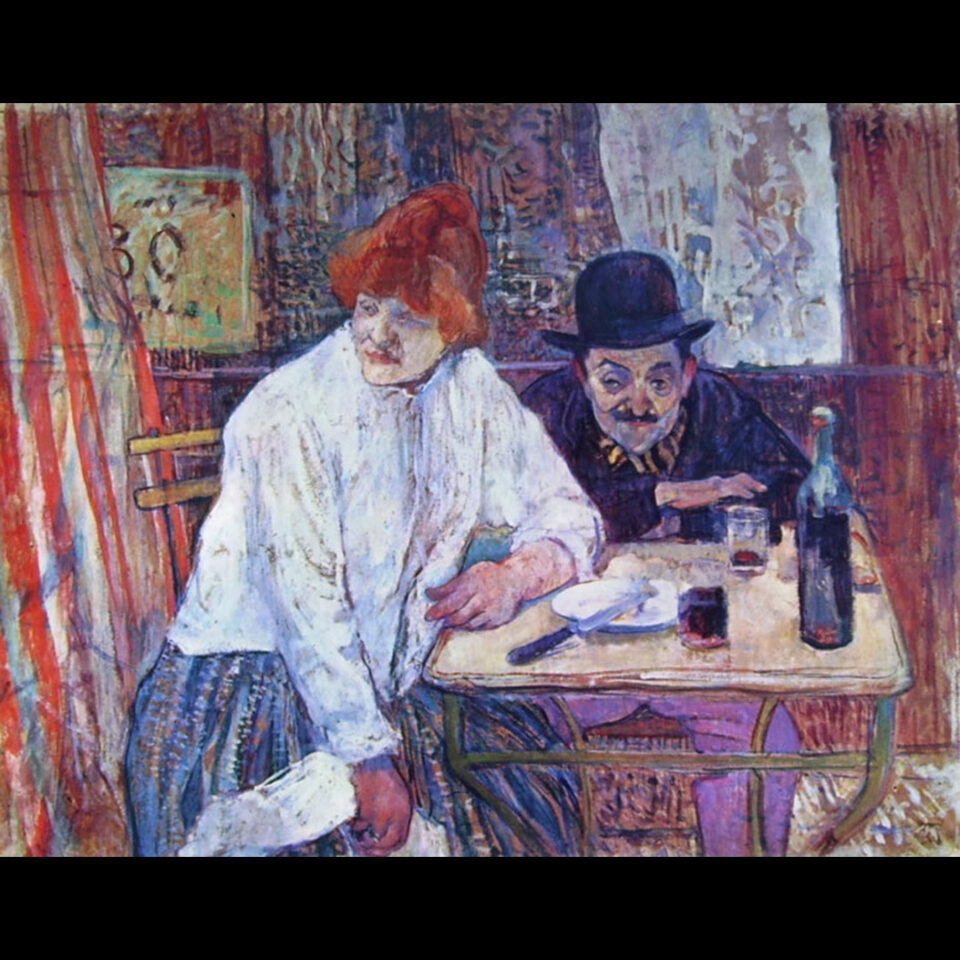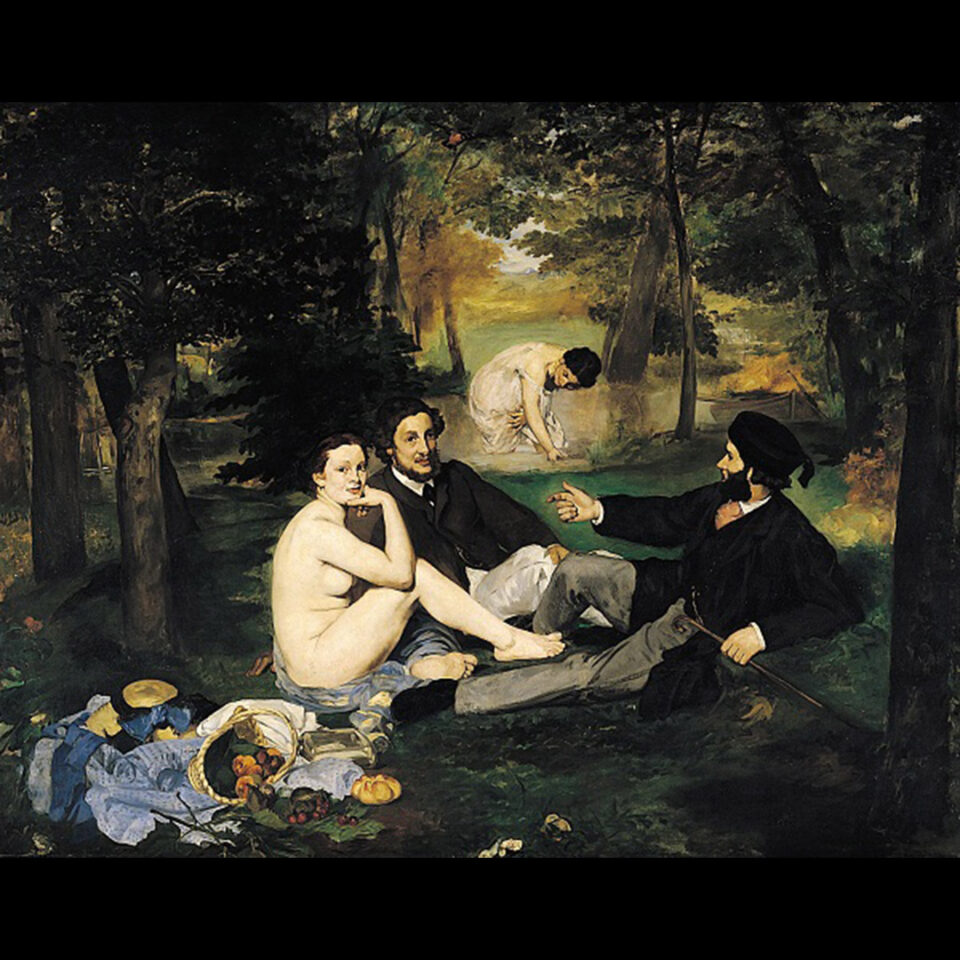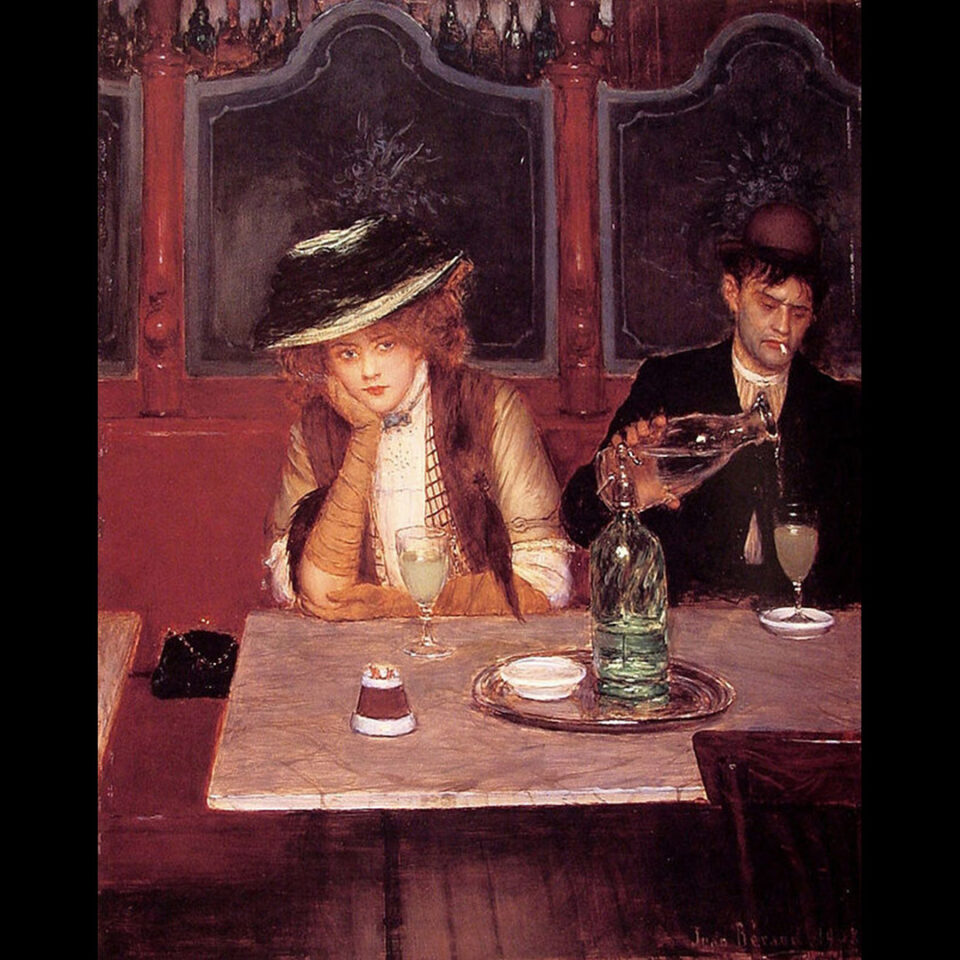“Dining with one’s friends and beloved family is certainly one of life’s primal and most innocent delights, one that is both soul-satisfying and eternal.”
Julia Child
 Wide Walls: “The Fascination with Food in Art History” [*]
Wide Walls: “The Fascination with Food in Art History” [*]
“As a cornerstone of our very existence, food has always played a significant part in our social and cultural lifestyles. Thus, it is no wonder that the depiction of food in art spans across cultures and all of recorded human history. Appearing in myriad contexts, this practice stretches back to ancient Greece and Rome where banquets and bacchanals were consuming passions celebrated in literature, painting, and mosaics. Drawings of food could also be found inside Egyptian pyramids. Created on inner walls of burial chambers and on coffins to depict all of the good things waiting for the deceased, it was believed that those drawings, through magical properties, would nourish those gone on to the afterlife. A recurring theme through the Middle Ages and Renaissance to modern times, food has been depicted as a celebration of a theme, composition itself or a metaphor. Whether serving symbolic purposes, being an allegory for certain virtues or values or emphasizing eroticism, exoticism or wealth, these food paintings were often used to reveal something else. Since food is interwoven with most aspects of our lives, this comestible art history also connects with larger themes such as politics, gender, religion, or class.”
*Quotation above is taken directly from the website cited and is the property of that source. It is meant to inform the reader and to give credit where it is due.
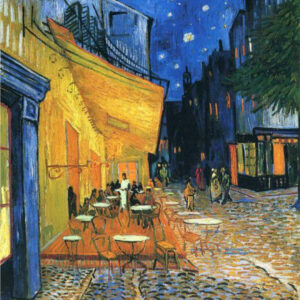 Smithsonian: “A Brief History of Food as Art” [*]
Smithsonian: “A Brief History of Food as Art” [*]
“Filippo Tommaso Marinetti was the first artist in the modern era to think of the preparation and consumption of food as art. The avant-garde Futurist movement, formed by Marinetti and other artists in Milan in 1909, embraced the industrial age and all things mechanical—from automobiles and planes to manufacturing methods and city planning. They thought cooking and dining, so central to everyone’s day-to-day lives, should also be central to their farsighted, far-out ideals.
In 1932, Marinetti published The Futurist Cookbook. It was not merely a set of recipes; it was a kind of manifesto. He cast food preparation and consumption as part of a new worldview, in which entertaining became avant-garde performance. The book prescribed the necessary elements for a perfect meal. Such dining had to feature originality, harmony, sculptural form, scent, music between courses, a combination of dishes, and variously flavored small canapés. The cook was to employ high-tech equipment to prepare the meal. Politics could not be discussed, and food had to be prepared in such a way that eating it did not require silverware.”
*Quotation above is taken directly from the website cited and is the property of that source. It is meant to inform the reader and to give credit where it is due.
Here is a gallery of some of our favorite artwork featuring dining throughout art history:


